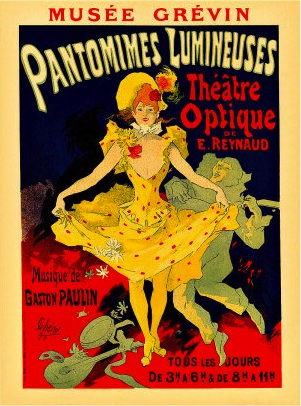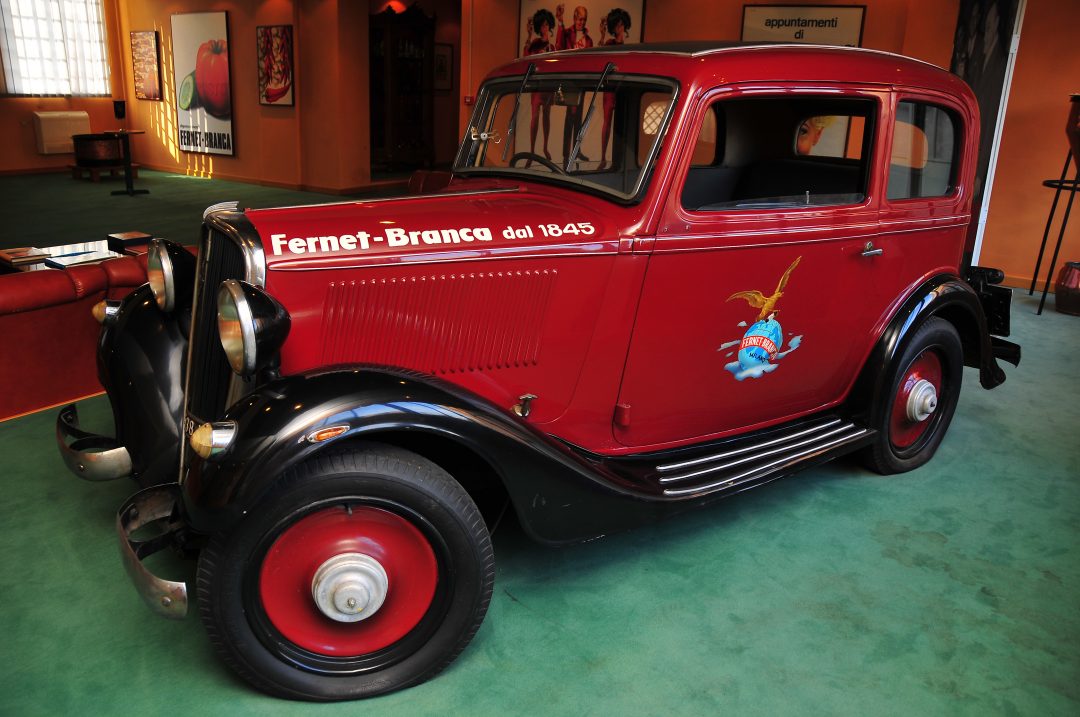Telling a story through moving pictures may sound ordinary today, but it was not such in 1892. Three years before Lumière brothers invented filmmaking, Charles-Émile Reynaud created what are known as Pantomimes Lumineuses.
It’s a peculiar type of animated projection designed for the optical theatre, which Raynaud himself designed and built to flow a series of glass-pictured images, and thus render the idea of movement. The first public show – announced as Pantomimes Lumineuses – was held on October 28th 1892 in Paris, at Grévin museum, and was welcomed by an astonishing success.
One of the most famous pantomimes (Reynaud produced five of them) was Pauvre Pierrot, telling about Pierrot in a clumsy attempt to charm Colombina with a serenade. What we can define as the first short animated film of the history is a 15-minutes show, consisting of about 500 handmade pictures on as many glasses. Reynaud worked as projection operator, and the show included the original soundtrack by Gaston Paulin.
Reynaud’s optical theatre got lost over time (in a moment of despair, maybe due to his own success, the author threw it into the Seine river), but a reproduction is available at the National Cinema Museum in Turin.




